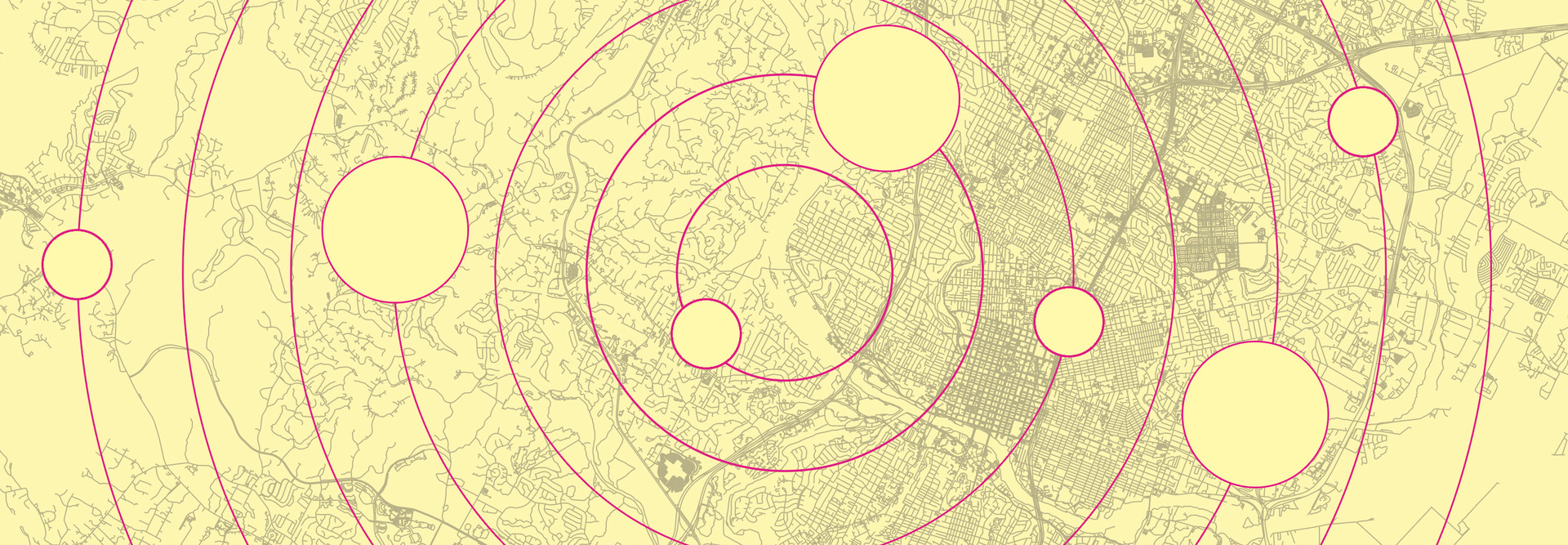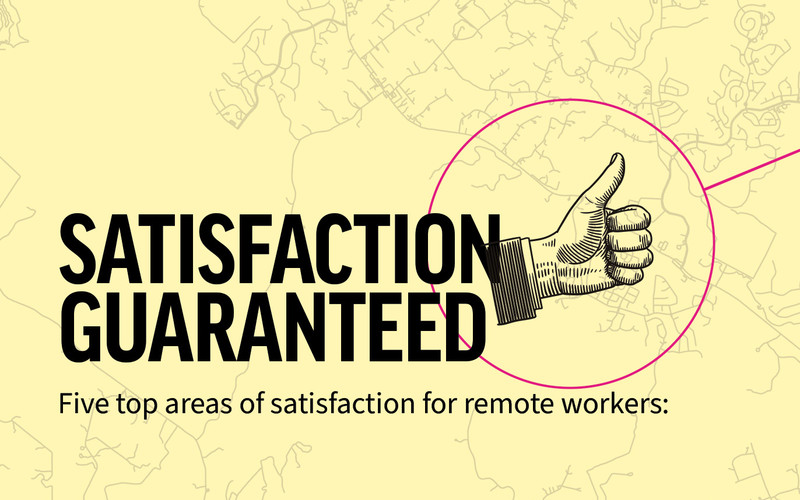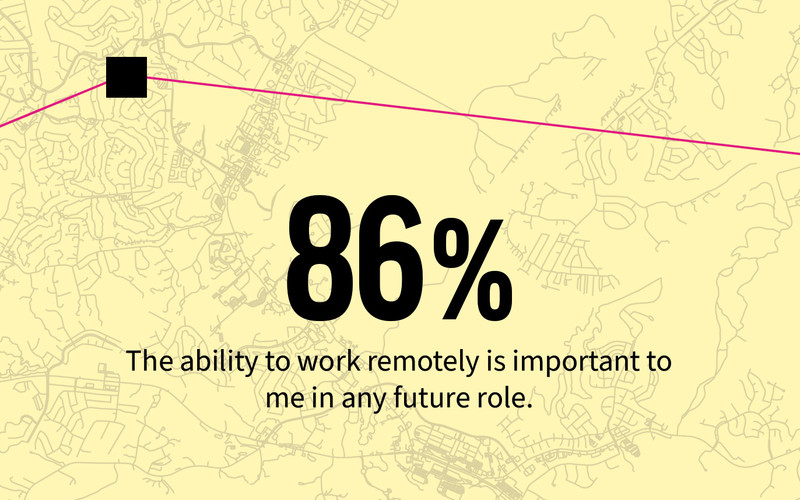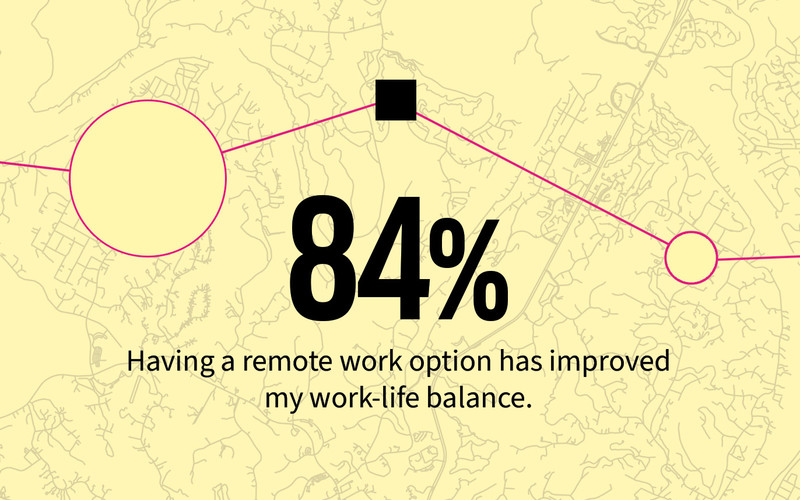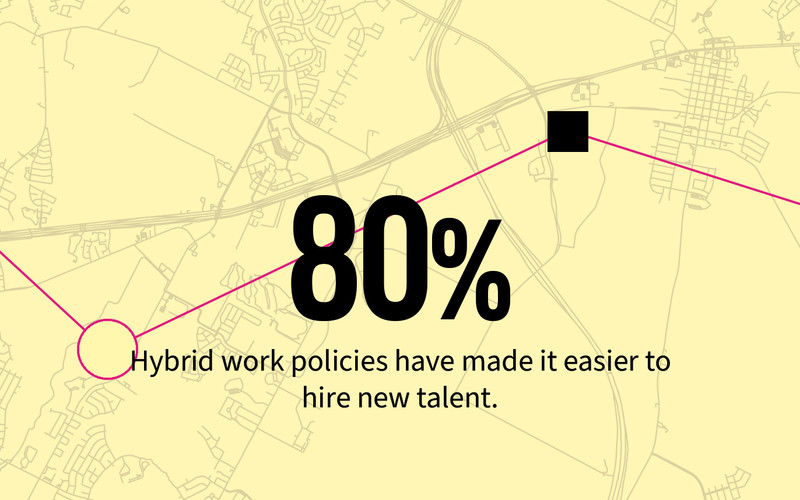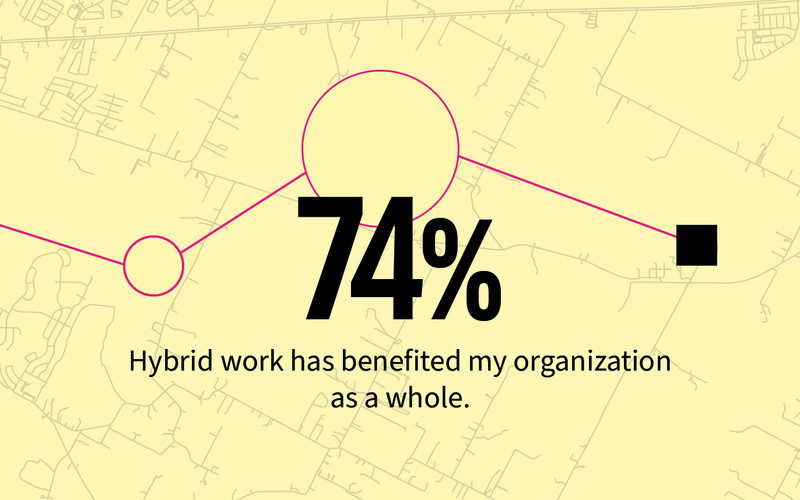Modern collaboration tools have improved the experience for government workers, note Stanford researchers in a 2023 report, “The Evolution of Working from Home.”
“The same developments that facilitated a big shift to work from home also created greater reach and higher quality in one-way and two-way communications at a distance. These include the rise of the internet, better broadband infrastructure, better videoconferencing, the emergence of the cloud and better software tools for remote collaboration,” the report notes.
In hybrid work environments, seamless digital experiences keep employees engaged and minimize workflow challenges, says Bob O’Donnell, president of TECHnalysis Research. Many messaging platforms support multimodal forms of communication, which facilitates idea and file sharing and therefore strengthens connections among workers.
“One of the realities of the post-COVID working world for both corporations and governmental institutions is that to keep their employees as happy and productive as possible, there need to be robust tools that allow for remote collaboration, including platforms such as Teams and Zoom. People know they can be productive from nearly anywhere now, but only if the proper tools are in place to make that happen,” O’Donnell says.
Conference Capabilities Save Governments Time and Money
A Logitech-based system in a Williamson County conference room could include a mounted speaker, a consumer-grade LG TV and a camera with preset functions that enable it to zoom in on meeting attendees when they are speaking, making interactions seem more conversational.
“It’s very nice to have the focus be on them for a few minutes,” Semple says. “That really helps the folks who are remote feel a little bit more in-person than seeing this far-out view of the whole table.”
By ending the need to trek to one of the county’s eight dozen buildings to get together, Semple estimates the enhanced videoconferencing capabilities have saved thousands of employee travel hours and miles.
“A big benefit is that we are able to include a lot more folks in certain discussions and decision-making processes because we can quickly organize a Teams meeting,” he says. “If someone is across town or on a very tight schedule, we’re still able to bring them in and make them feel like they’re part of the meeting, when otherwise they wouldn’t be available.”



